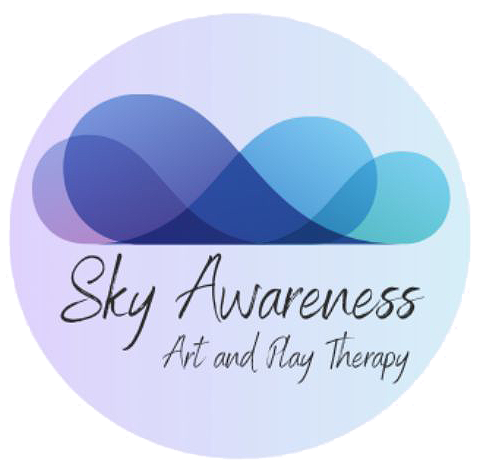Art and play therapy are powerful tools that can help individuals of all ages express themselves, explore their emotions, and find healing and growth. While commonly associated with children, these therapeutic approaches are also highly effective for adults.
One of the most popular techniques used in art therapy is drawing analysis. Through the act of drawing, individuals can tap into their subconscious mind and gain insights into their thoughts, feelings, and experiences. A trained therapist can help interpret these drawings and use them as a starting point for further exploration and healing.
Sand therapy is another technique commonly used in art and play therapy. By creating scenes and stories using sand and miniature objects, individuals can externalize their inner world and gain a deeper understanding of their emotions and experiences. This form of therapy is especially beneficial for individuals who may struggle to express themselves verbally.
Music therapy is yet another powerful tool in the realm of art and play therapy. Music has the ability to evoke strong emotions and memories, and therapists can use music to create a safe and supportive environment for individuals to explore and process their feelings. Whether it’s through listening to music, playing instruments, or engaging in songwriting, music therapy can be a transformative experience.
Theta healing is a holistic therapy that combines elements of art, play, and energy healing. By accessing the theta brainwave state, individuals can tap into their subconscious mind and release limiting beliefs and emotions. This form of therapy can help individuals overcome trauma, improve self-esteem, and create positive changes in their lives.
Art and play therapy offer numerous benefits for both adults and children. For children, these therapeutic approaches provide a safe space to explore their emotions, develop coping skills, and improve communication. For adults, these therapies can help reduce stress, increase self-awareness, and promote personal growth.
It’s important to note that art and play therapy should always be conducted by trained professionals who have a deep understanding of the therapeutic process. These therapists create a safe and non-judgmental environment where individuals can freely express themselves and work through their challenges.
In conclusion, art and play therapy are powerful tools that can benefit individuals of all ages. Whether it’s through drawing analysis, sand therapy, music therapy, theta healing, or other techniques, these therapies provide a safe and supportive space for individuals to explore their emotions, find healing, and experience personal growth.
